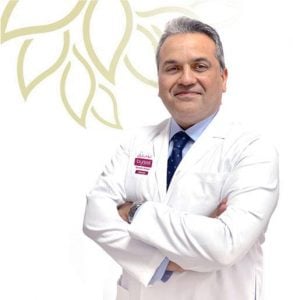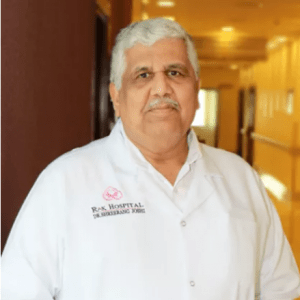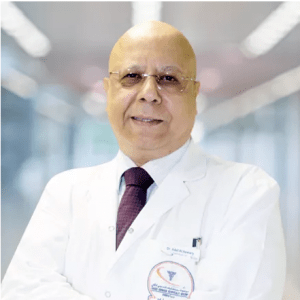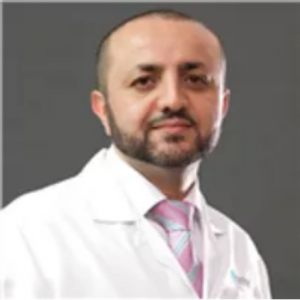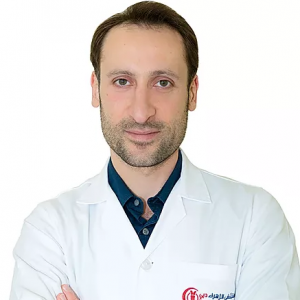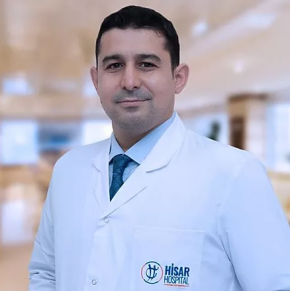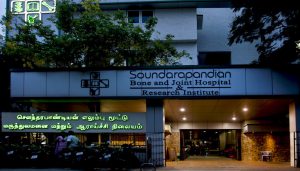Is ACL Reconstruction Right for You? Exploring Surgical Options
The anterior cruciate ligament (ACL) is the major ligament in the knee joint. Together with a group of ligaments, it connects the femur to the tibia. It ensures the proper movement of the joint. Different conditions can lead to an injury of this ligament. Is ACL Reconstruction Right for You? Let’s Explore Surgical Options Types… Read More
Top Doctors For Is ACL Reconstruction Right for You? Exploring Surgical Options Treatments
Top Hospitals For Is ACL Reconstruction Right for You? Exploring Surgical Options Treatments
Is ACL Reconstruction Right for You? Exploring Surgical Options
The anterior cruciate ligament (ACL) is the major ligament in the knee joint. Together with a group of ligaments, it connects the femur to the tibia. It ensures the proper movement of the joint. Different conditions can lead to an injury of this ligament. Is ACL Reconstruction Right for You? Let’s Explore Surgical Options
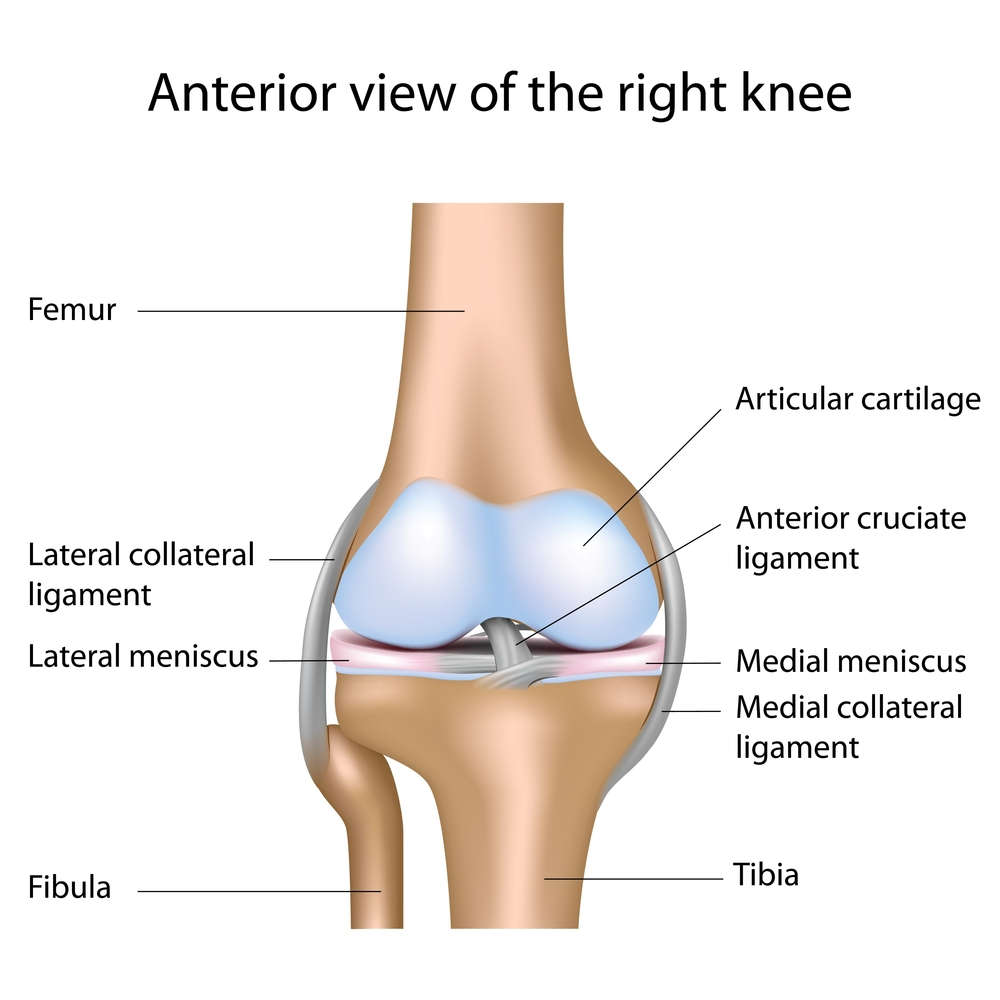
Types of ACL Injuries
ACLs are categorized primarily as partial or complete. Depending on the severity of the injury, they are further graded from 1-3. These stretching or tears are called sprains.
Grade 1: This occurs in cases where the ligament is overstretched without a tear. The knee is usually stable and management is mostly medical.
Grade 2: The ligament has a partial tear. The knee may experience some instability. This is the least common type of ACL injury. A partially torn ACL has a good prognosis with the recovery and rehabilitation period usually lasting about 3 months.
Grade 3: In this, there is a complete tear. The knee joint is unstable because the ligament has been split in half or yanked straight off the bone. It is associated with severe pain and knee instability. Recovery is longer than in the other grades. Some patients with a full ACL tear are unable to play sports that require cutting or turning, while others experience instability even when performing everyday tasks like walking. Rare people who don’t have any instability symptoms can engage in sports. This variation is influenced by the patient’s physical demands as well as the severity of the patient’s initial knee injury.
Symptoms of ACL Injury
- Swelling in the knee
- Warmth and redness around the knee
- Buckling of the knee
- Popping noise at the time of injury
- Difficulty walking, running, and exercising
- Pain in and around the knee
What are the Factors to Consider When Treating ACL Injuries?
First aid is necessary in cases of ACL injury. Rest, cold compress, and elevation of the affected limb help to reduce stress and prevent further damage. Then, several factors are to be considered if a surgical or non-surgical intervention is needed for the patient. These determining factors are:
- Growth plates: Surgery may not be recommended in young children or adolescents with ACL tears. Early ACL reconstruction creates a possible risk of injury to the growth plate, leading to bone growth problems. However, it is crucial not to delay reconstruction as this can lead to a higher rate of future meniscus or cartilage injuries.
- Pain levels: The extent of pain felt significantly influences whether or not surgery is needed. This is usually not dependent on the extent of damage since a grade 2 sprain may warrant surgery if the pain is severe.
- Lifestyle: Individuals who live a sedentary lifestyle with a partial tear may not need surgical reconstruction. On the other hand, active adults (patients who are into active sports, heavy machinery operation, and manual labor) are more likely to have surgery than their less active counterparts.
- Extent of damage: If there is a significant functional instability with ACL injury, the individual has a high risk of developing a damage in other areas of the knee. When there is an ACL tear, it is also typical for the menisci, articular cartilage, collateral ligaments, and joint capsule to sustain damage. In football players and skiers, injuries occur in the ACL, medial meniscus, and medial cruciate ligament and is known as the unhappy triad. All these can be indications for surgery.
- Return to activities: For athletes and individuals who may need to return to work as quickly as possible, it may be necessary to perform a surgical reconstruction. This also ensures that there is better stability at the knee joint.
Treatment of ACL Injuries
Different management options exist for the management of ACL injuries. They can be surgical or non-surgical, depending on the conditions listed above.
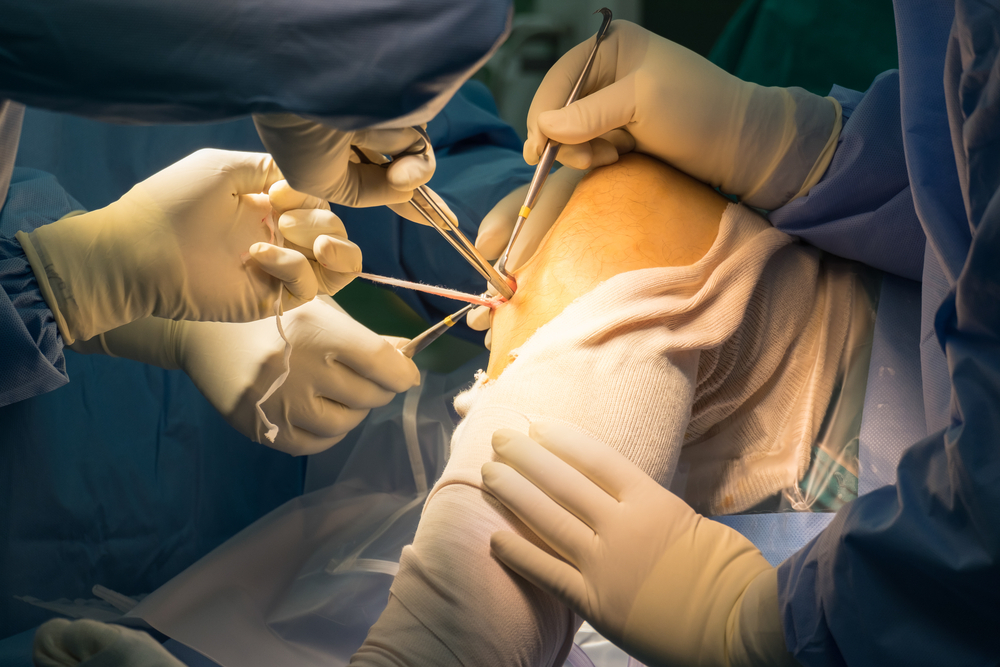
Non-surgical Management:
Alternatives for ACL regeneration without surgery include the following:
- Physical therapy and rehabilitation: Proper rehabilitation, specific exercise, and rest may be all that is required for the patient to make a full recovery from a grade 1 sprain. Minor grade 2 sprains with knee stability can also benefit from physiotherapy.
- Prolotherapy: This is a nonsurgical technique that involves the injection of small amounts of irritant solutions like dextrose into the site of the tendon insertions, ligaments, and joints. This aids in the stimulation of the growth of new cells and tissue. Treatment may be done every 2 to 3 months for a total of 3 to 6 visits.
- Stem Cell Therapy: It involves direct bone marrow aspiration to get stem cells that would be introduced into the location.
What are the Benefits and Risks of Non-surgical Management of ACL Injuries?
ACL injuries can be managed non-surgically, which has benefits like a lower risk of complications, a quicker recovery, and less expensive medical care. Non-surgical care carries risks as well, such as an increased chance of re-injury. Long-term effects of ACL tear without surgery is a risk of joint instability. Discussing these advantages and disadvantages with your healthcare physician will help you choose the best course of action for your particular injury and way of life.
Surgical Treatment:
This is usually recommended for several reasons. It involves different procedures all of which have different merits and demerits. The common surgical techniques are:
- Autograft: A patellar, hamstring, or quadriceps tendon is harvested from the patient and used to replace the damaged ligament. The advantage of using the patella tendon is that it offers more stability than the others. However, the hamstring tendon has a smaller size of harvesting incision and does not lead to patellofemoral pain or patellar tendon rupture. The advantage of using the quadriceps tendon is that a larger tendon can be harvested and thus is suitable for larger patients.
- Allograft: This is obtained from a cadaver or donor patient, and the patellar tendon, Achilles tendon, semitendinosus, gracilis, or posterior tibialis tendon can be used. The major advantage of this method is that there is quicker recovery and no harvesting incision is done. This method may predispose to contamination and graft rejection, although newer techniques have been developed to screen and sterilize the graft.
Possible Surgical Complications in ACL Reconstruction
As with all surgical procedures, certain risks are associated with ACL reconstruction surgery. These include:
- Infection: The risk of infection after arthroscopic ACL reconstruction is very low. There are however instances of bacterial contamination when an allograft is performed.
- Haemorrhage: Bleeding, though rare is a possible risk. This may be bleeding from acute injury to the popliteal artery.
- Numbness: Weakness, numbness, or paralysis of the leg may be experienced and can be temporary or permanent. This is usually due to nerve damage.
- Blood clot: A blood clot may form in the veins or arteries sequel to surgery. This will predispose the patient to embolism.
- Instability and Stiffness: Chronic instability and stiffness may be experienced postoperatively.
- Growth plate injury: Injuries to the growth plate is a possible downside to ACL surgery in children and adolescents. However, some techniques minimize possible growth plate damage.
Conclusion: Is ACL Reconstruction Right for You?
It is essential to discuss the possible outcomes of an ACL surgery with the physician. This will help to determine the best management plan for each patient. Research also encourages patients and physicians to try conservative management before a surgical approach, especially for minor damages.






















